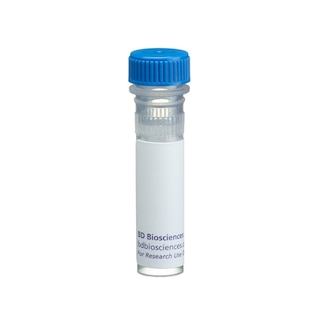-
Reagents
- Flow Cytometry Reagents
-
Western Blotting and Molecular Reagents
- Immunoassay Reagents
-
Single-Cell Multiomics Reagents
- BD® OMICS-Guard Sample Preservation Buffer
- BD® AbSeq Assay
- BD® OMICS-One Immune Profiler Protein Panel
- BD® Single-Cell Multiplexing Kit
- BD Rhapsody™ ATAC-Seq Assays
- BD Rhapsody™ Whole Transcriptome Analysis (WTA) Amplification Kit
- BD Rhapsody™ TCR/BCR Next Multiomic Assays
- BD Rhapsody™ Targeted mRNA Kits
- BD Rhapsody™ Accessory Kits
-
Functional Assays
-
Microscopy and Imaging Reagents
-
Cell Preparation and Separation Reagents
-
- BD® OMICS-Guard Sample Preservation Buffer
- BD® AbSeq Assay
- BD® OMICS-One Immune Profiler Protein Panel
- BD® Single-Cell Multiplexing Kit
- BD Rhapsody™ ATAC-Seq Assays
- BD Rhapsody™ Whole Transcriptome Analysis (WTA) Amplification Kit
- BD Rhapsody™ TCR/BCR Next Multiomic Assays
- BD Rhapsody™ Targeted mRNA Kits
- BD Rhapsody™ Accessory Kits
- United States (English)
-
Change country/language
Old Browser
This page has been recently translated and is available in French now.
Looks like you're visiting us from {countryName}.
Would you like to stay on the current country site or be switched to your country?
BD Transduction Laboratories™ Purified Mouse Anti-Human Transferrin Receptor
Clone 2/Transferrin
(RUO)



Western blot analysis of the transferrin receptor on a Jurkat cell lysate (Human T-cell leukemia; ATCC TIB-152). Lane 1: 1:1000, lane 2: 1: 2000, lane 3: 1:4000 dilution of the mouse anti- human transferrin receptor antibody.


BD Transduction Laboratories™ Purified Mouse Anti-Human Transferrin Receptor

Regulatory Status Legend
Any use of products other than the permitted use without the express written authorization of Becton, Dickinson and Company is strictly prohibited.
Preparation And Storage
Recommended Assay Procedures
Western blot: Please refer to http://www.bdbiosciences.com/pharmingen/protocols/Western_Blotting.shtml
Product Notices
- Since applications vary, each investigator should titrate the reagent to obtain optimal results.
- Please refer to www.bdbiosciences.com/us/s/resources for technical protocols.
- Source of all serum proteins is from USDA inspected abattoirs located in the United States.
- Caution: Sodium azide yields highly toxic hydrazoic acid under acidic conditions. Dilute azide compounds in running water before discarding to avoid accumulation of potentially explosive deposits in plumbing.
Companion Products


Iron acquisition is a prerequisite for cell proliferation. The transferrin receptor is the primary mode of iron uptake. This receptor mediates iron uptake through internalization and recycling of the iron carrying serum protein transferrin. Binding of transferrin to its receptor causes rapid internalization into an acidic intracellular compartment where iron dissociates from transferrin. Both the receptor and transferrin are then recycled through the exocytic pathway. The transferrin receptor is expressed in most cells and tissues, especially proliferating cells, and the receptor is expressed as a dimer of identical intergral membrane proteins. Transferrin receptor mRNA expression is inversely proportional to iron availability, and this regulation occurs through post-transcriptional control of mRNA stability. Transferrin receptor mRNA contains iron responsive elements (IRE) that are bound by IRE-binding proteins (IRP). The RNA binding of IRPs is dependent on iron levels. Thus, iron deprivation leads to increased RNA binding, which masks the recognition site of endonucleases and stabilizes transferrin receptor mRNA.
This antibody is routinely tested by western blot analysis. Other application were tested at BD Biosciences Pharmingen during antibody development only or reported in the literature.
Development References (2)
-
McClelland A, Kuhn LC, Ruddle FH. The human transferrin receptor gene: genomic organization, and the complete primary structure of the receptor deduced from a cDNA sequence. Cell. 1984; 39(2 Pt 1):267-274. (Biology). View Reference
-
Seiser C, Posch M, Thompson N, Kuhn LC. Effect of transcription inhibitors on the iron-dependent degradation of transferrin receptor mRNA. J Biol Chem. 1995; 270(49):29400-29406. (Biology). View Reference
Please refer to Support Documents for Quality Certificates
Global - Refer to manufacturer's instructions for use and related User Manuals and Technical data sheets before using this products as described
Comparisons, where applicable, are made against older BD Technology, manual methods or are general performance claims. Comparisons are not made against non-BD technologies, unless otherwise noted.
For Research Use Only. Not for use in diagnostic or therapeutic procedures.